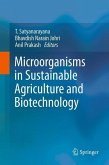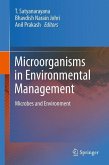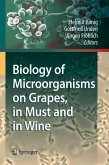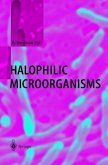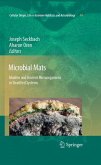One of the main reasons that we organized this edited volume is to increase - ternational awareness of the growing use of invertebrate pathogens for control and eradication of invasive arthropods. As the numbers of invasive species continues to rise, more insect pathologists have been involved with work on their control using entomopathogens. In fact, this is not a new area of focus for insect pathologists; work on microbes against invasive arthropods began more than a century ago with classicalbiologicalcontrolintroductionsofentomopathogenicfungiagainstinvasive species in the 1890s. Chapters in this book cover entomopathogens that have been developedforcontrolofinvasivespeciesovermanydecades(e. g. anematodeagainst Sirex noctilio and Bacillus thuringiensis against gypsy moth) while other chapters focusondevelopmentofcontrolmeasuresforveryrecentinvasives(e. g. emeraldash borer?rstfoundintheUSin2002). SinceboththeUnitedStatesandNewZealandare countrieswithabundanttrade,whichisakeypathwayforinvasives,wehavebeenvery awareofthegrowingnumbers ofinvasive pestsarrivinginour owncountries andthe needforcontrolstrategies. Wehavebeencloselyinvolvedwiththeircontrolusing- crobes,atvaryinglevels(fromlaboratorybenchto?eldstudiestonationalcommittees evaluating eradication programs using the entomopathogen B. thuringiensis). Within the past few years, symposia on use of microbes for invasive control have been organized twice at the annual meetings of the Society of Invertebrate Pathology (2005 Anchorage, Alaska, and 2007 Quebec City, Quebec, Canada), demonstrating interest in this subject across the international community of inv- tebrate pathologists. However, no written summaries, covering the different types of pathogens being studied, developed and used for control, have previously - dressed this subject.
From the reviews: "Chapters on ecology, eradication and control methods, and public policy are written by experts who collectively address a wide diversity of pests targeted with many kinds of microbes in many parts of the world. ... The focus here on microbes and exotic pests is novel. ... Summing Up: Highly recommended. Graduate students through professionals." (M. K. Harris, Choice, Vol. 47 (7), March, 2010)



